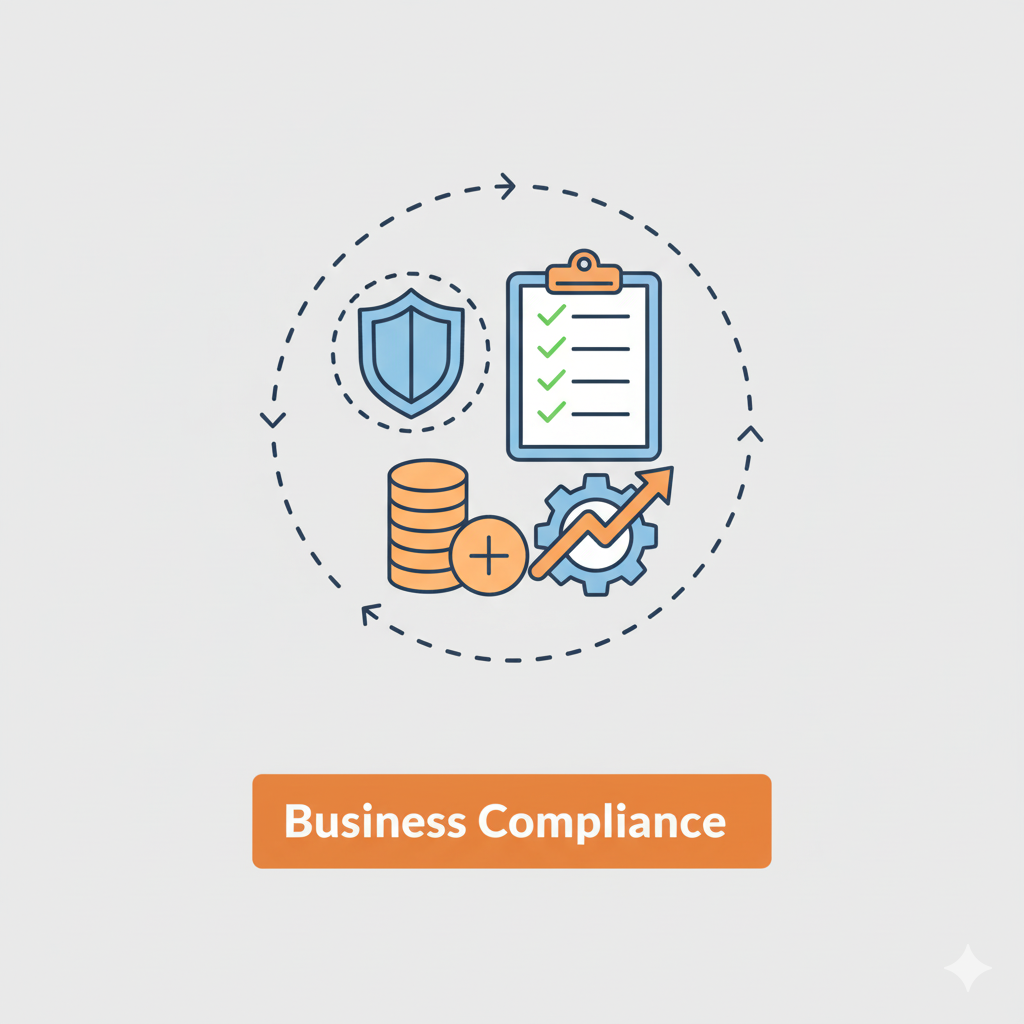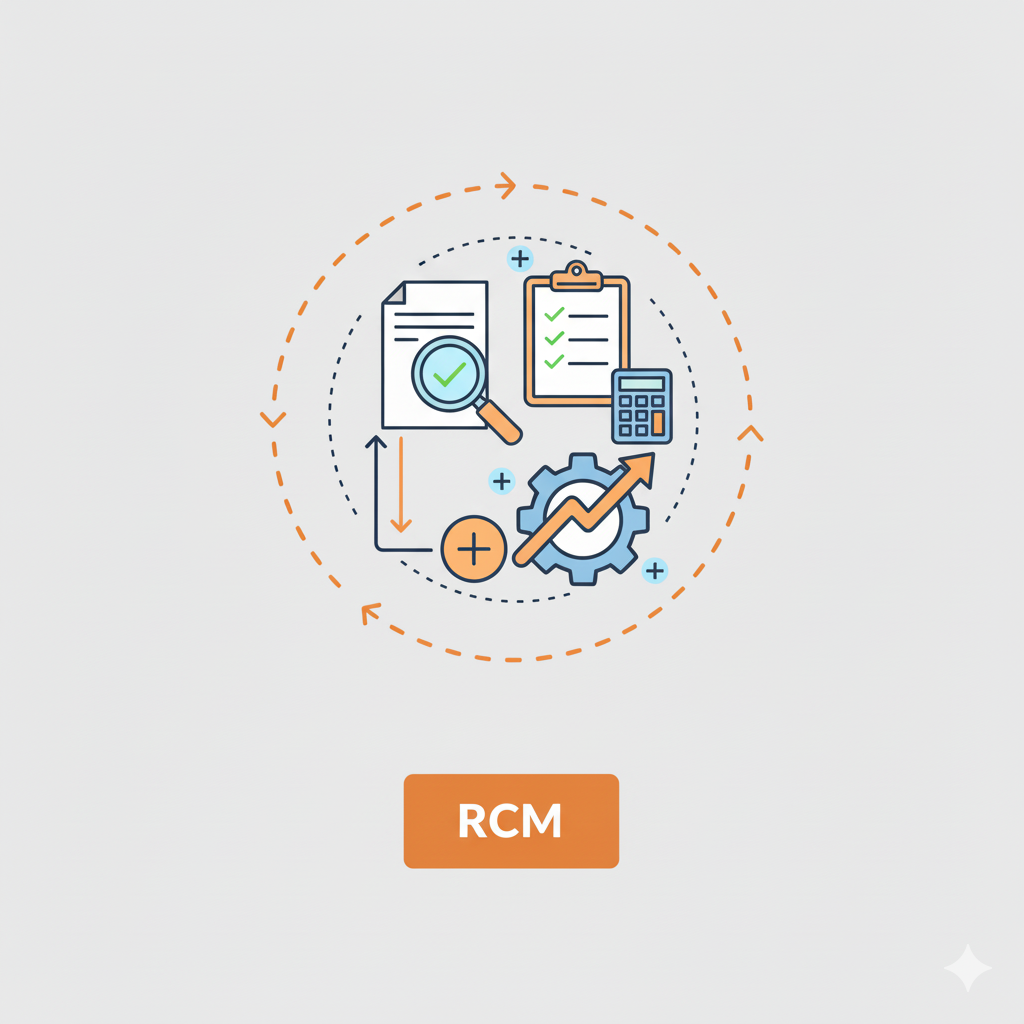How to Operationalize Regulatory Change Management (RCM): What Good Looks Like—and Why Serviceaide
Regulatory change isn’t a project—it’s a conveyor belt. New rules arrive, interpretations evolve, and what looks “done” one quarter becomes “non-compliant” the next unless you can prove, continuously, that policies, controls, systems, and people all moved together. This article shows what strong regulatory change management looks like in practice, where programs typically break down, and how to design a solution that blends speed with audit-ready evidence. We’ll finish with why Serviceaide is built for this exact problem and how our change, knowledge, automation, and asset stack gives compliance, IT, and audit a common operating picture.
The target state: fast, coordinated, and provable
High-functioning RCM programs share three traits.
They move fast without breaking evidence. New obligations are triaged within days, not weeks. Impact is mapped across policies, controls, systems, vendors, and staff. Risk-based approvals route automatically. Changes land on a forward schedule so collisions are avoided. Proof is captured as the work happens, not reconstructed later.
They coordinate across silos. Legal interprets; GRC defines controls; IT and Security implement; business owners adopt; audit verifies. Workflows knit these roles together so each hand-off produces an artifact an auditor would accept.
They are continuously auditable. For every in-scope change you can trace: the regulatory trigger → applicability decision → mapped controls → approved change → implementation evidence → validation → training/attestation → monitoring results.
A tale of two audits: the difference between “good” and “bad”
In weak programs, policy updates are announced but never reach production systems; emergency changes skip review and never get post-implementation checks; evidence lives in personal drives; the CMDB is stale; vendor attestations are missing; and the team scrambles to re-create history from emails. Findings and management letters follow.
In strong programs, each requirement spawns a risk-scored change plan tied to specific controls and assets. Approvals are time-stamped. The change runs in a protected window. Before/after configs, logs, and screenshots are attached automatically. Training rosters and attestations are linked. When the auditor asks “who approved, what changed, and where’s the proof?”, the history lives on the change record—not in someone’s inbox.
The solution blueprint: people, process, and a platform that won’t drop the ball
1) Intake and interpretation become work items—not emails
Regulatory bulletins and enforcement actions should land in a centralized queue where Legal/Compliance record applicability, due dates, and owners. From there, a templated “regulatory change package” is generated: affected policies and standards, required control updates, impacted systems and vendors, testing plans, communications, and training.
2) Impact analysis starts from a reliable inventory
You can’t scope change without knowing what exists. Discovery feeds a current CMDB, so you can enumerate every system, database, application service, and security boundary the requirement touches. That inventory also drives downstream scheduling: production, pre-prod, and DR environments are visible to the same calendar.
3) Risk-based approvals and a real forward schedule of change
Minor, repeatable obligations flow through pre-authorized models; high-risk work routes to CAB and risk committees. The plan executes inside defined change windows and honors blackout periods for peak business dates. Stakeholders see clashes before they become outages.
4) Execution and evidence capture are baked into the workflow
Implementation tasks gather objective proof as a matter of course: configuration exports, control screenshots, command outputs, change logs, validation results, and backout steps. Approvals, state transitions, and SLA timers are logged automatically. When training is required, completion and attestation are recorded against the same change package.
5) Verification, monitoring, and continuous readiness
Post-implementation reviews confirm control effectiveness and record exceptions or compensating controls with expiration dates. Dashboards surface coverage (how many in-scope systems changed), velocity (time to approve/implement), and quality (changes with complete evidence). If obligations touch vendors, tasks and artifacts sit beside your internal work so nothing falls through the cracks.
Mapping the blueprint to common regulatory contexts
- NERC CIP (e.g., CIP-007/CIP-010/CIP-013): Scope BES Cyber Systems from the CMDB; schedule changes inside approved windows; capture system-hardening baselines, patch logs, file integrity monitoring results, and supply-chain documents; link personnel training and access reviews.
- SOX/GLBA/FFIEC/PCI: Tie every production change on financial and customer-data systems to an approved ticket with segregation of duties enforced; attach test evidence and migration logs; show that only authorized code reached production.
- HIPAA/FDA/GxP: Pair SOP updates with validated system changes; attach qualification/validation packages and training attestations; record e-signature approvals and controlled document versions.
- FedRAMP/FISMA/NIST and Privacy Regimes: Align changes to specific control IDs, update the SSP automatically, and keep POA&Ms current as fixes ship; attach DPIAs where data flows change.
Why specifically Serviceaide: where change leaders, compliance, and auditors meet in the middle
Change-first DNA. Serviceaide’s platform has deep change heritage. You get ITIL-aligned models (Standard, Normal, Emergency), a live forward schedule with change/blackout windows, hierarchical approvals, and CAB hygiene out of the box—so rigor shows up fast without ceremony.
Audit-grade history, by design. Every approval, state change, SLA event, reassignment, and timestamp is preserved in an immutable audit trail. The History tab on each change record places the complete narrative—who did what, when, and why—beside the artifacts (screenshots, logs, test results, training rosters). Auditors follow the story without leaving the record.
Evidence in context—not scattered. Plans, risk scores, control mappings, validation results, and before/after configs live with the change. When an obligation spans multiple teams, linked tasks roll up to the same package so there’s one place to prove completeness.
Accurate scope from day one. Asset Discovery Expert (ADE) populates and refreshes the CMDB agentlessly. That makes impact analysis concrete: you can enumerate exactly which systems and services must change, and later prove coverage.
Automation where it matters. Automation Orchestrator executes repetitive or multi-system steps (config pushes, entitlement changes, log exports), stamps evidence back on the record, and reduces human error. Complex journeys—like remediating a control across dozens of apps—run reliably and repeatably.
Knowledge that keeps people aligned. Luma Knowledge and the Enterprise Knowledge Hub unify policy, standard, and SOP content across SharePoint, Confluence, and the web. Staff get precise, in-context answers in the portal or chat, and authors see which content drives successful outcomes, so the library stays audit-ready.
Human + AI for practical speed. Inside Serviceaide, AI assists rather than obscures: Field Recommender reduces form friction; Smart Responder surfaces relevant procedures to requesters; agent copilots summarize long threads and highlight trends. Teams move faster while maintaining control.
Open, standalone, or suite. You can run standalone change and integrate with your ticketing and CI/CD via REST and webhooks, or expand to full IT/Enterprise Digital Service Management with unlimited portals and cross-department orchestration—no re-platforming.
What “bad” vs “good” looks like—concretely
Bad is policy-only change: PDFs get updated; production systems don’t. Emergency paths bypass approvals and never get PIRs. Evidence lives in email. The CMDB is aspirational. Vendor obligations are “assumed.” Audit week hijacks your roadmap.
Good is risk-right change: obligations become structured work with owners and due dates; low-risk items flow through pre-authorized models; high-risk items face CAB with crisp context. The calendar protects your business. ADE gives exact scope; automation reduces toil; the History tab proves, step-by-step, that controls changed and still work. Audits are validation, not archaeology.
Latest Insight

Is Your Knowledge Ready for AI

Change for Business Compliance









.svg)
.svg)